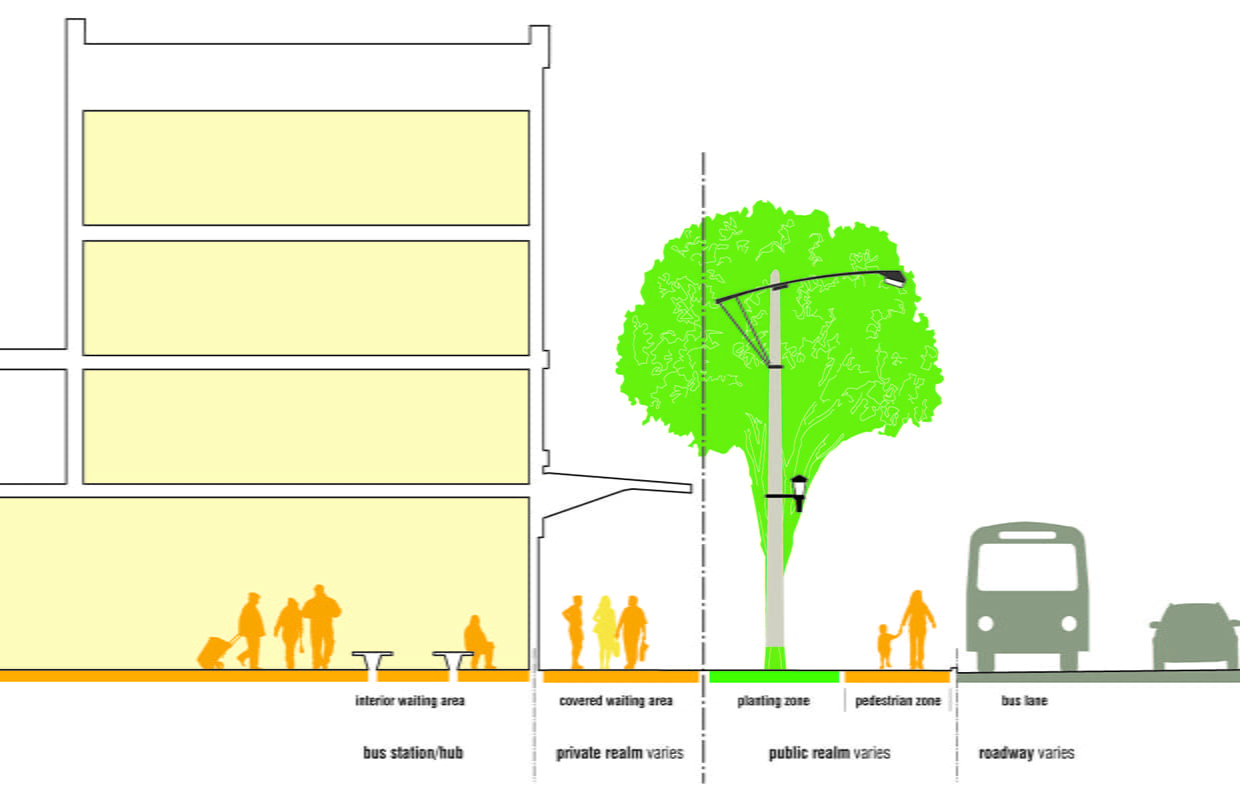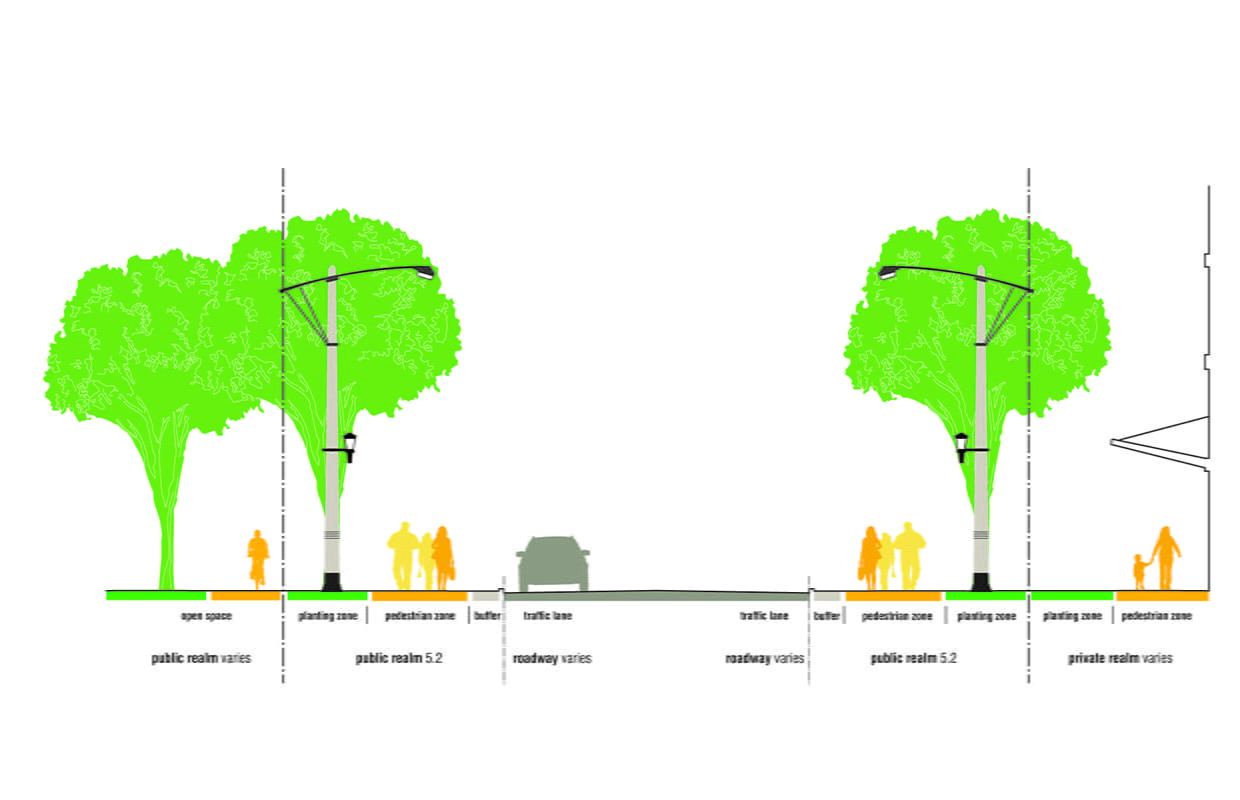Durham Region must plan to accommodate 960,000 people living and 350,000 employees in the Region by the year 2031, with 40% of this growth occurring within the existing built boundary. The realization of transit oriented development (TOD) will be a key factor in meeting these regional growth plan targets and objectives. In response, the Region retained Urban Strategies to create the Durham Region TOD Strategy as a core component of their ongoing Long Term Transit Strategy (LTTS). The TOD Strategy was recognized as necessary to advance a supportive land use pattern for the region’s future rapid transit network, and to help chart a more sustainable and competitive future for Durham.
 Key components and deliverables of the TOD Strategy process include a best practices and existing policy review; an analysis and planning rationale for the identification of 39 TOD Places in Durham; a series of TOD demonstration site workshops used to test place-specific TOD potential within each area municipality; and the preparation of TOD-specific urban design guidelines and benchmark metrics to guide the evolution of transit supportive places.
Key components and deliverables of the TOD Strategy process include a best practices and existing policy review; an analysis and planning rationale for the identification of 39 TOD Places in Durham; a series of TOD demonstration site workshops used to test place-specific TOD potential within each area municipality; and the preparation of TOD-specific urban design guidelines and benchmark metrics to guide the evolution of transit supportive places.




